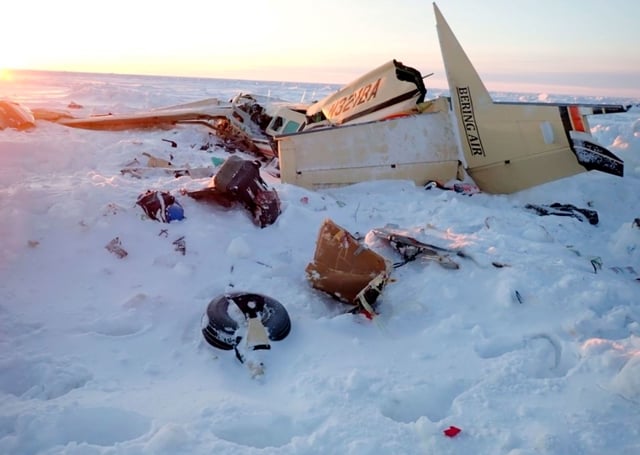Overview
- The February 6 crash of a Bering Air commuter plane killed all 10 onboard and was one of Alaska's deadliest in recent years.
- The National Transportation Safety Board (NTSB) found the plane was 1,058 pounds overweight for icy conditions and 803 pounds over the maximum weight for any operation.
- Investigators are examining the role of icing conditions and the plane's anti-icing system, which included a TKS system to prevent ice accumulation.
- The wreckage was discovered on a drifting ice floe in Norton Sound, complicating search and recovery efforts due to tidal currents.
- The investigation is ongoing, with a final report on the probable cause expected to take a year or more to complete.


